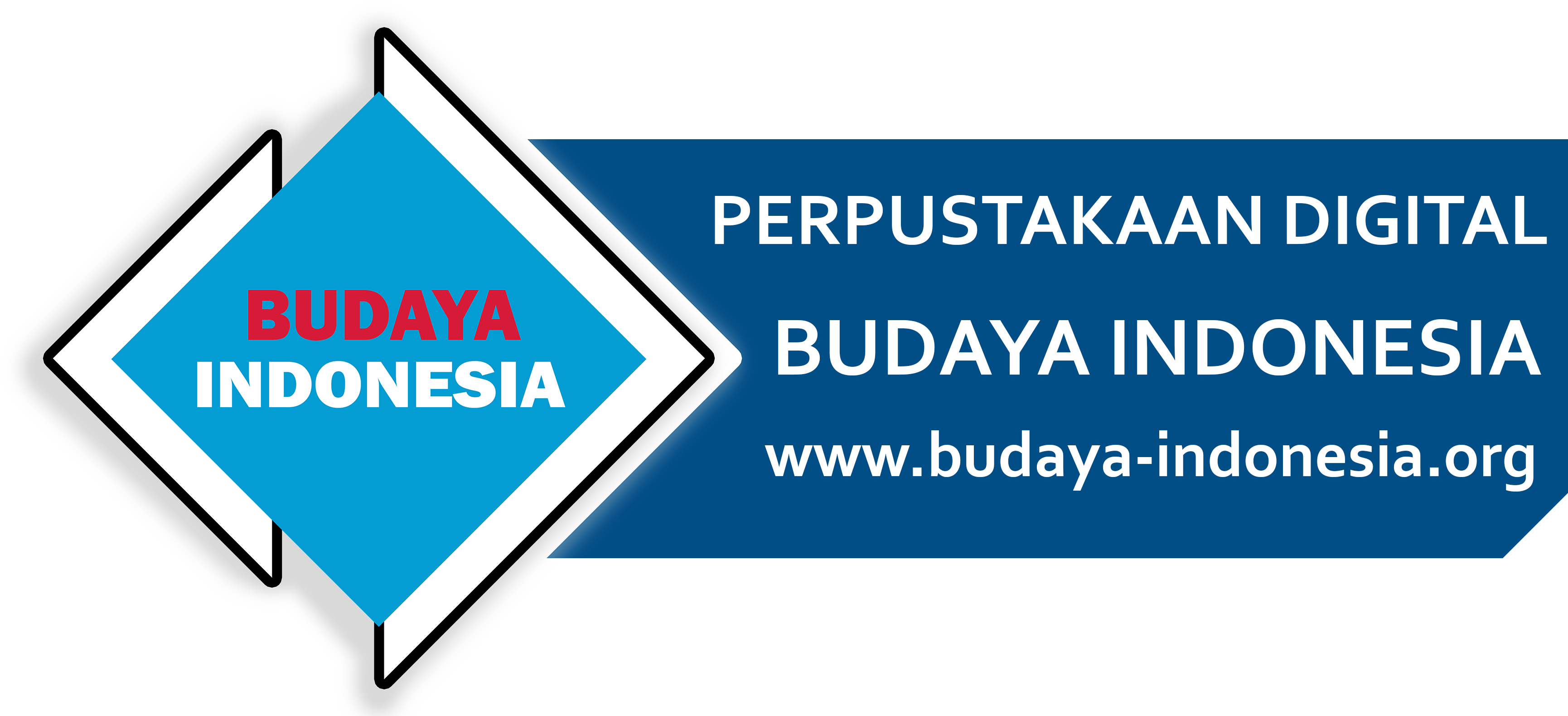Gorga: The Sacred Language of Batak Woodcarving
INFOBUDAYA.NET — One of the most distinctive and meaningful cultural heritages of Indonesian archipelago is Gorga, the intricate woodcarving tradition of the Batak people in North Sumatra. Far more than mere decoration, Gorga embodies the Batak’s aesthetic expression, spirituality, and philosophy of life, passed down through generations. Within Batak society, Gorga functions as both a marker of identity and a vessel of cultural values that continue to thrive today.
Gorga is commonly found in traditional Batak houses known as jabu. There are two types of these homes: jabu ruma, plain houses without carvings, and jabu ruma gorga, adorned with carvings rich in symbolic meaning. The presence of Gorga is not just an architectural embellishment but also signifies the spiritual depth and social standing of the homeowner. Each carving represents the interconnection between humans, the universe, ancestral spirits, and divine forces.
In Gorga, visual elements like shape, color, and placement serve are important and very meaningful. The red color (narara), for instance, denotes a specific hue but connotes bravery, vitality, and intellect. White (nabontar) symbolizes purity and sincerity, while black (nabirong) reflects leadership and authority. These combinations are far from arbitrary; they form a visual language layered with complex, meaningful messages.
Gorga appears in a wide variety of motifs, each reflecting core Batak values. Gorga Sompi, derived from the shape of buffalo horns, symbolizes solidarity and collective strength. Gorga Ipon-ipon, usually adorning house borders, expresses hope for future generations who are wise and educated. Gorga Desa na ualu, which resembles a compass, conveys cosmic balance and life’s orientation—values central to farming and ritual practices. The sun motif, Gorga Simata ni ari, stands as a symbol of life, clarity, and spiritual energy.
Gorga also serves protective and spiritual functions, acting as a bridge between the human world and that of the ancestors. Gorga Jenggar and Gorga Jorngom feature giant guardian figures believed to ward off evil spirits. Meanwhile, Gorga Boraspati, shaped like a gecko, symbolizes fertility, fortune, and protection, reflecting the Batak’s animistic connection to nature. Gorga ulu paung, placed on the roof’s peak, combines human and animal elements and is believed to repel negative forces.
Other motifs, such as Gorga Adop-adop, represent breasts and symbolize love, fertility, and maternal care—highlighting the essential role of women in sustaining family and cultural life. Gorga Hariara sudung di langit, inspired by the sacred banyan tree (hariara), signifies spiritual connection between humans, the Creator, and the universe. Gorga Dalihan na tolu, based on the triadic social philosophy of the Batak—hula-hula (wife givers), dongan tubu (clan peers), and boru (wife takers)—illustrates the harmonious structure of Batak kinship and society.
Taken together, the motifs of Gorga convey a holistic worldview in which human life is deeply interwoven with nature, the ancestors, and the divine. Every curve, angle, and pattern serves a purpose, expressing a vision of balance and sacred order. In essence, Gorga is a visual language that transmits ancestral knowledge, social norms, and moral values through form and color. It reveals how the Batak people not only inherited an artistic tradition but also preserved a sophisticated system of belief and wisdom through their carvings.
Gorga is more than wood carved into beauty. It is a cultural legacy, a sacred language, and a reflection of the Batak philosophy of life. It speaks not only to the eye but to the soul, echoing the rhythms of people who continue to live in harmony with their ancestors, their environment, and their faith.
Reference:



Tidak Ada Komentar